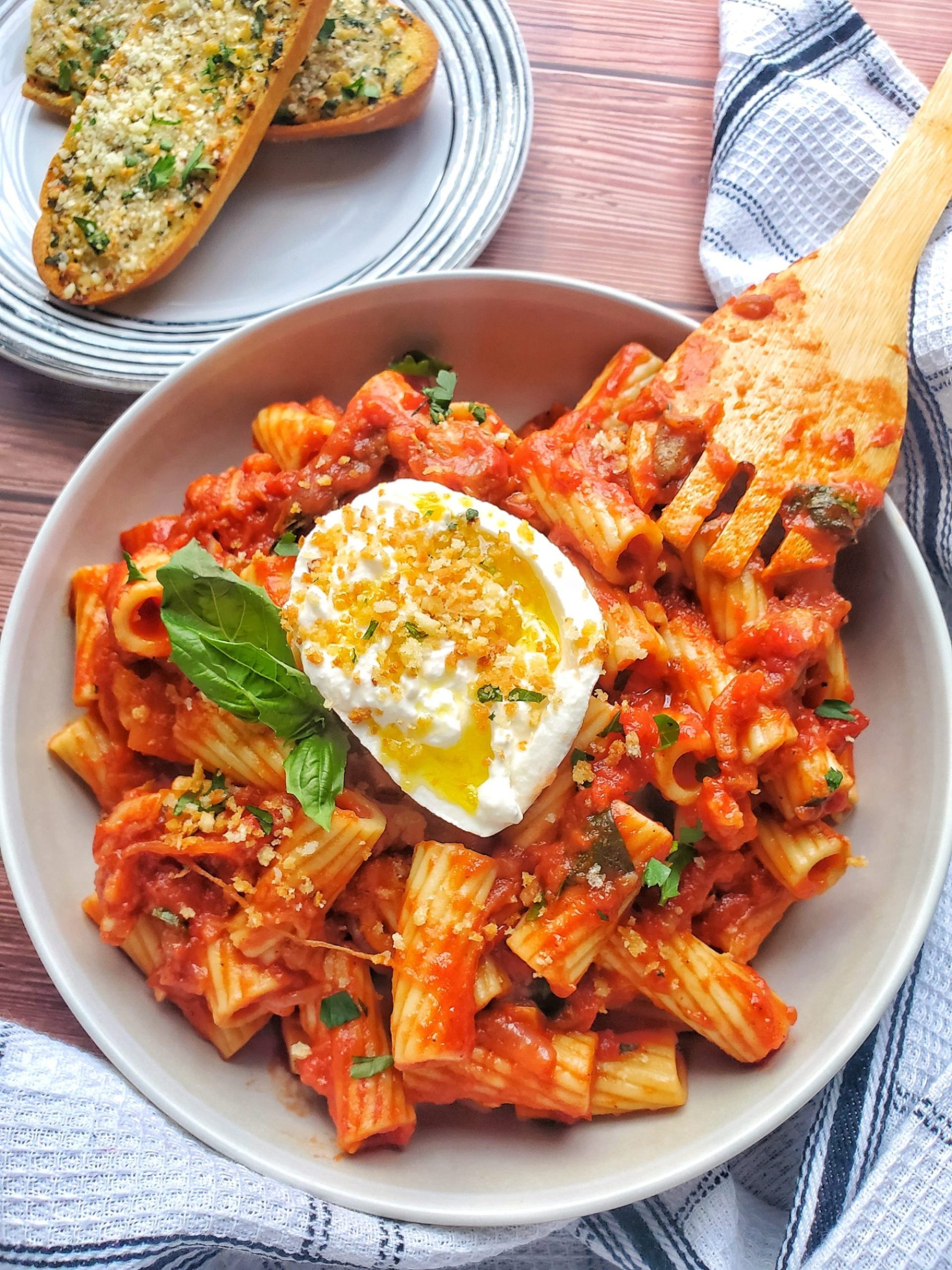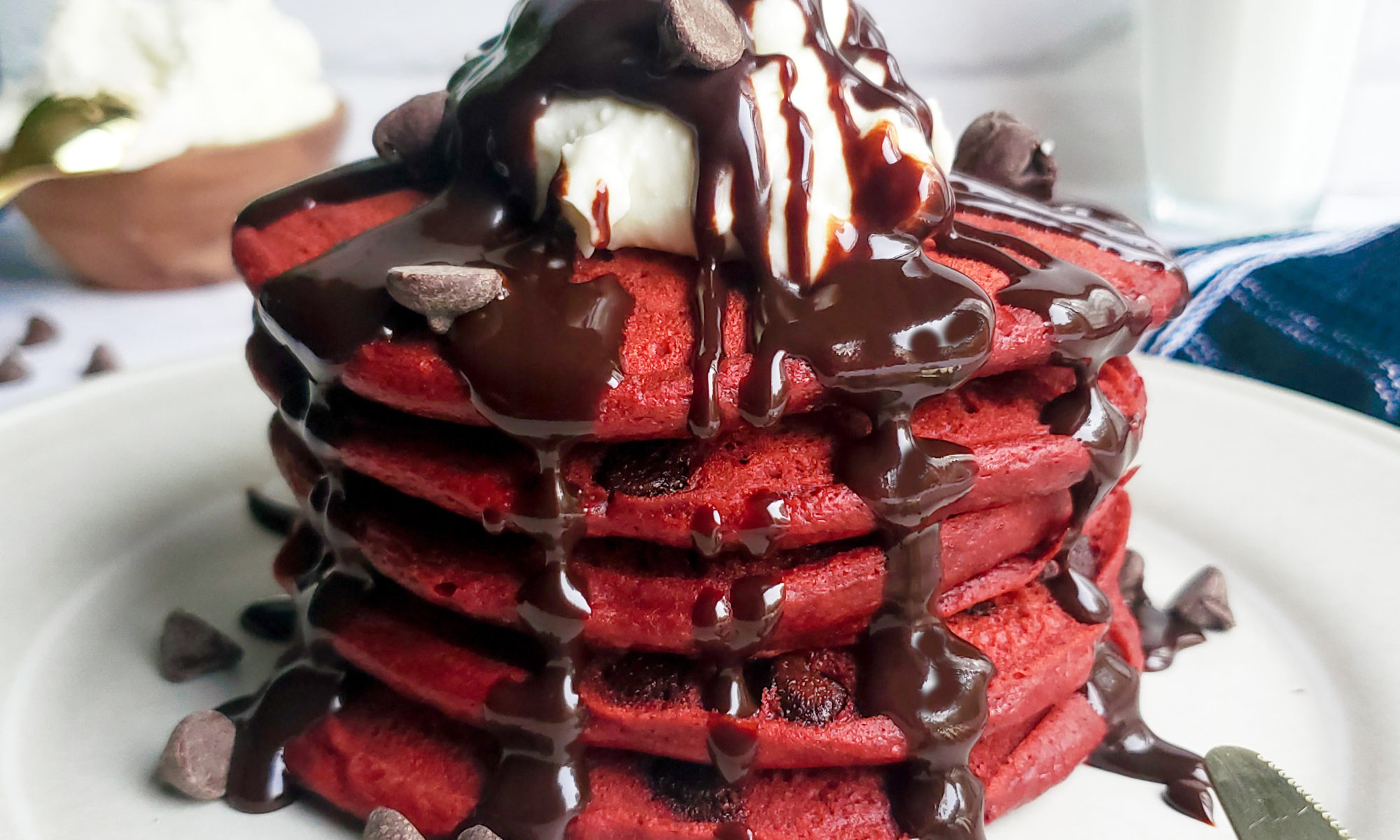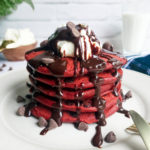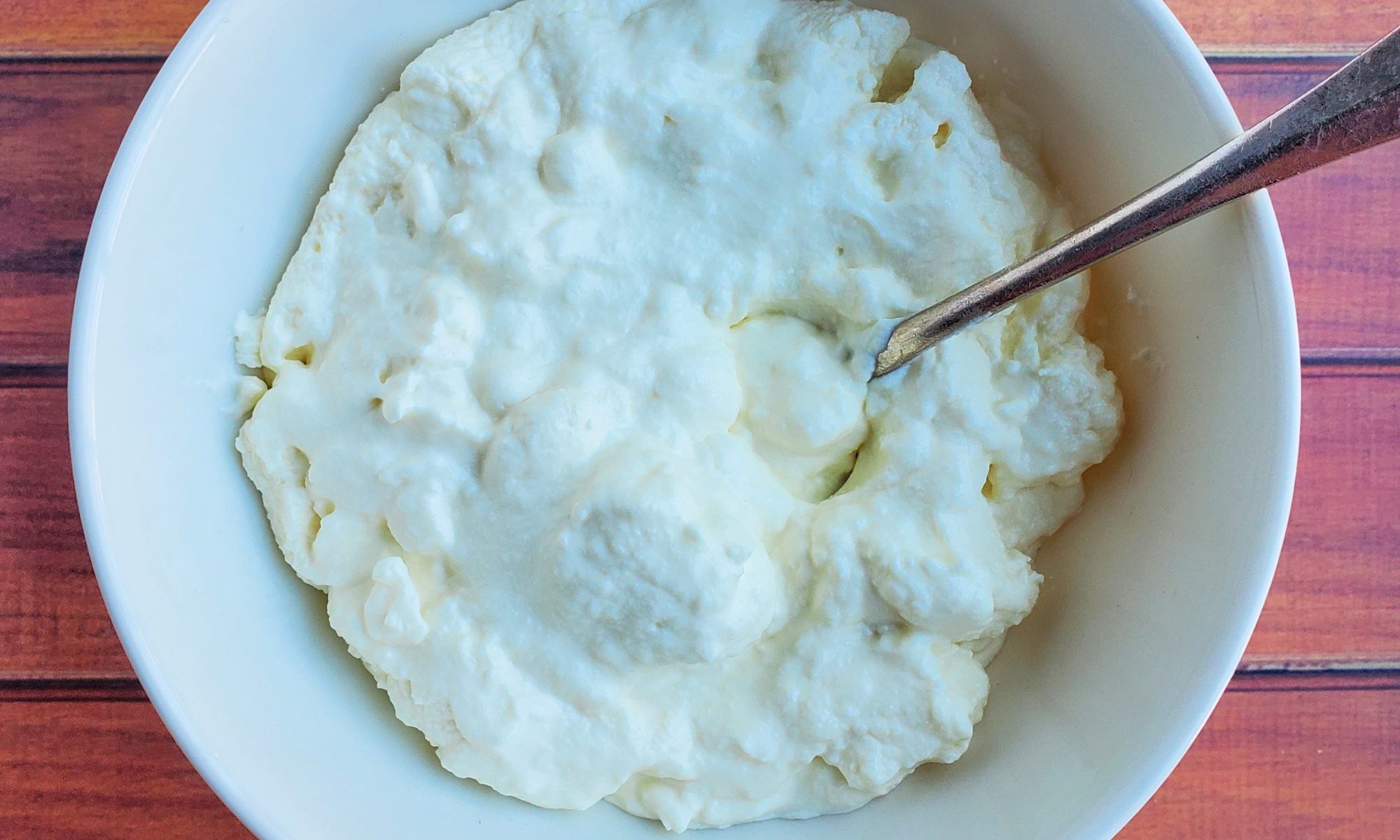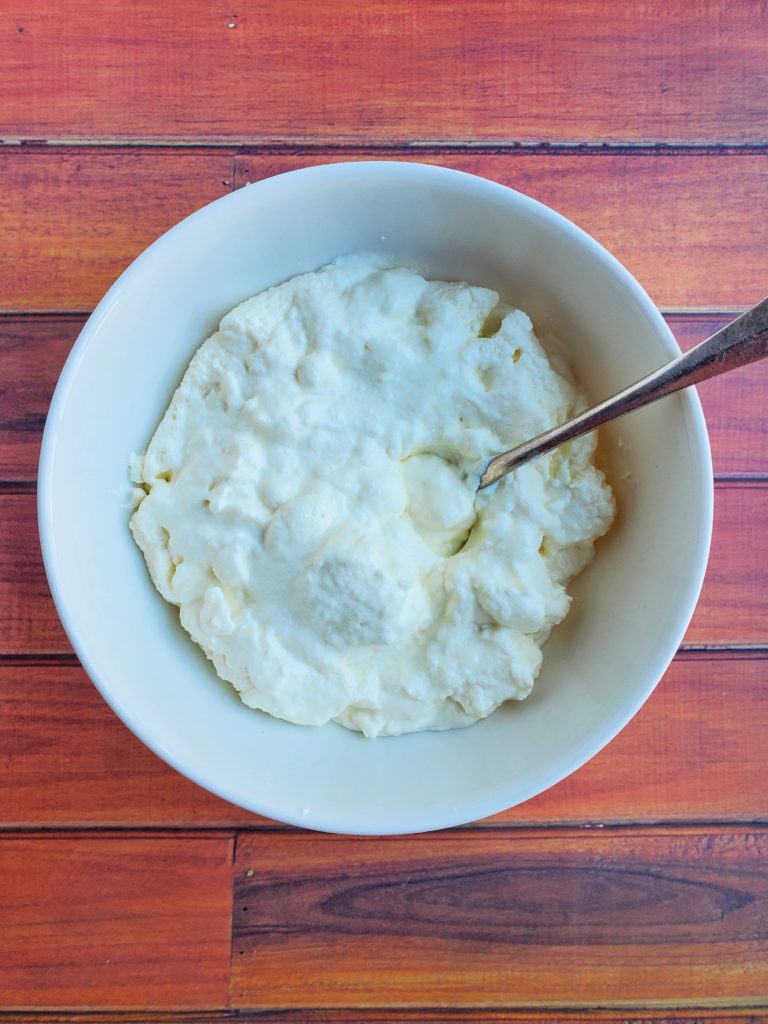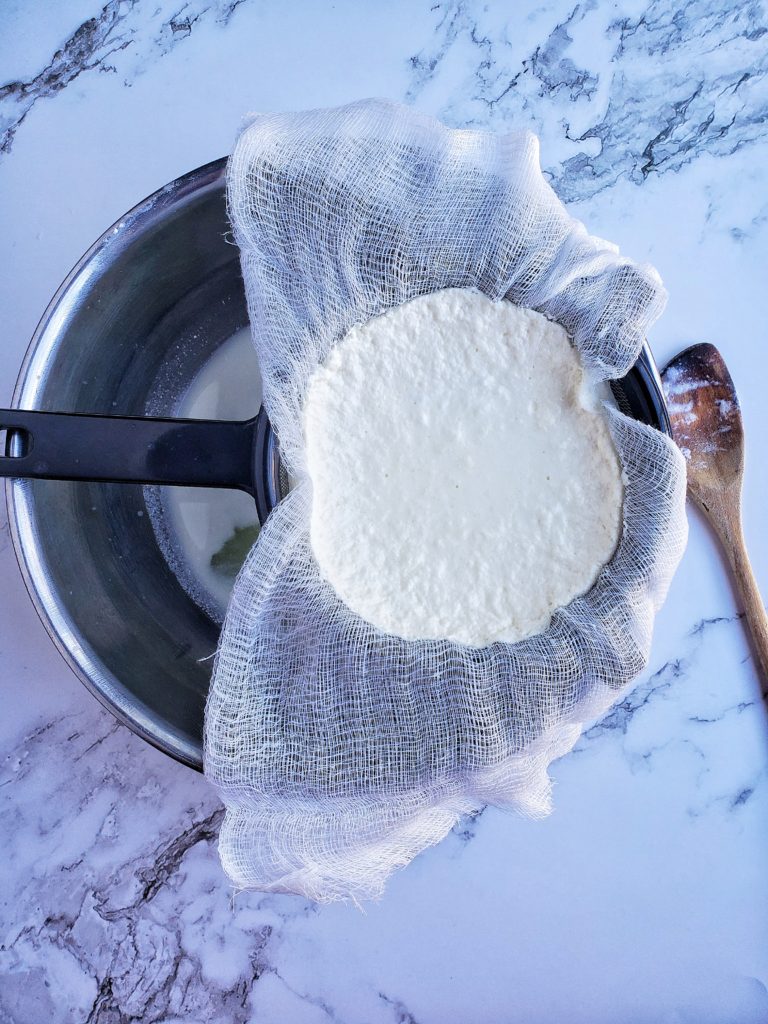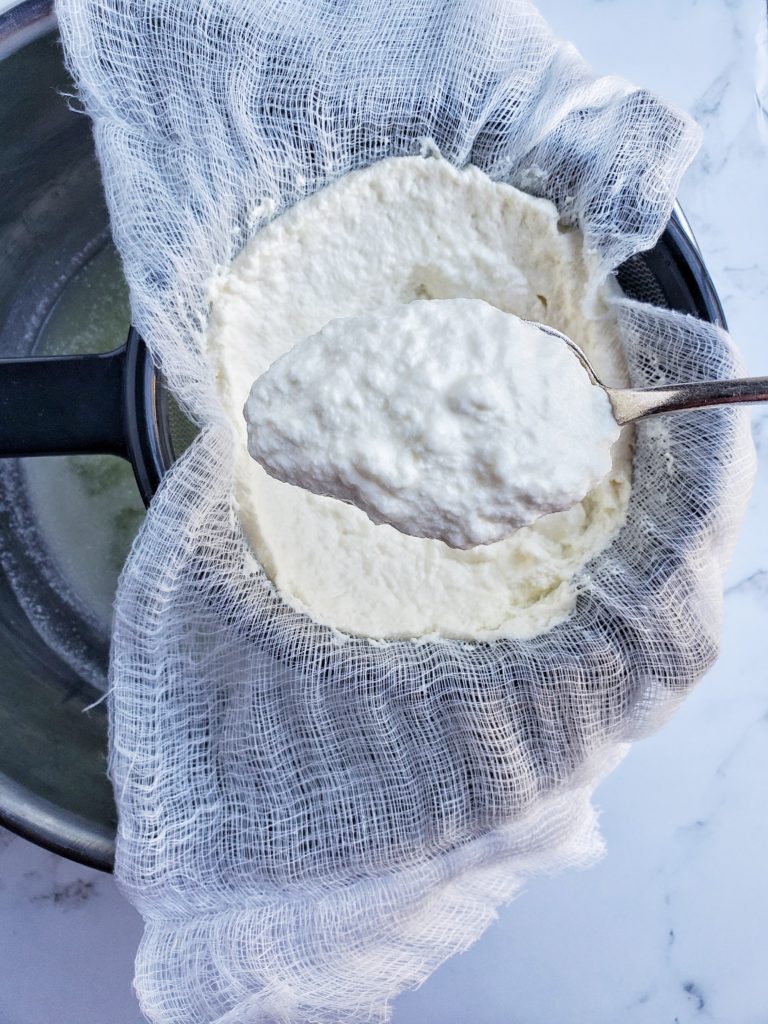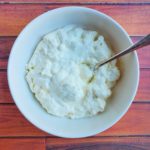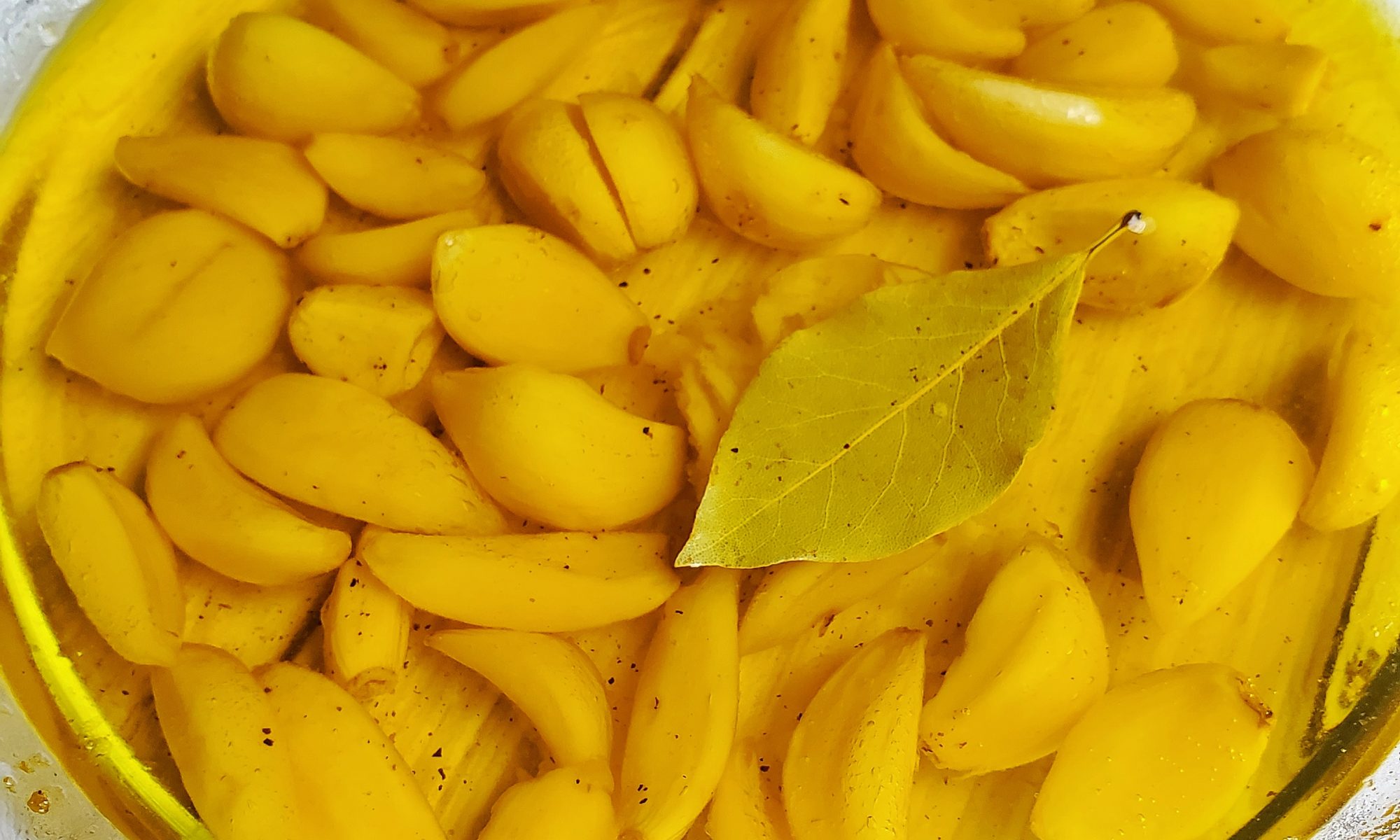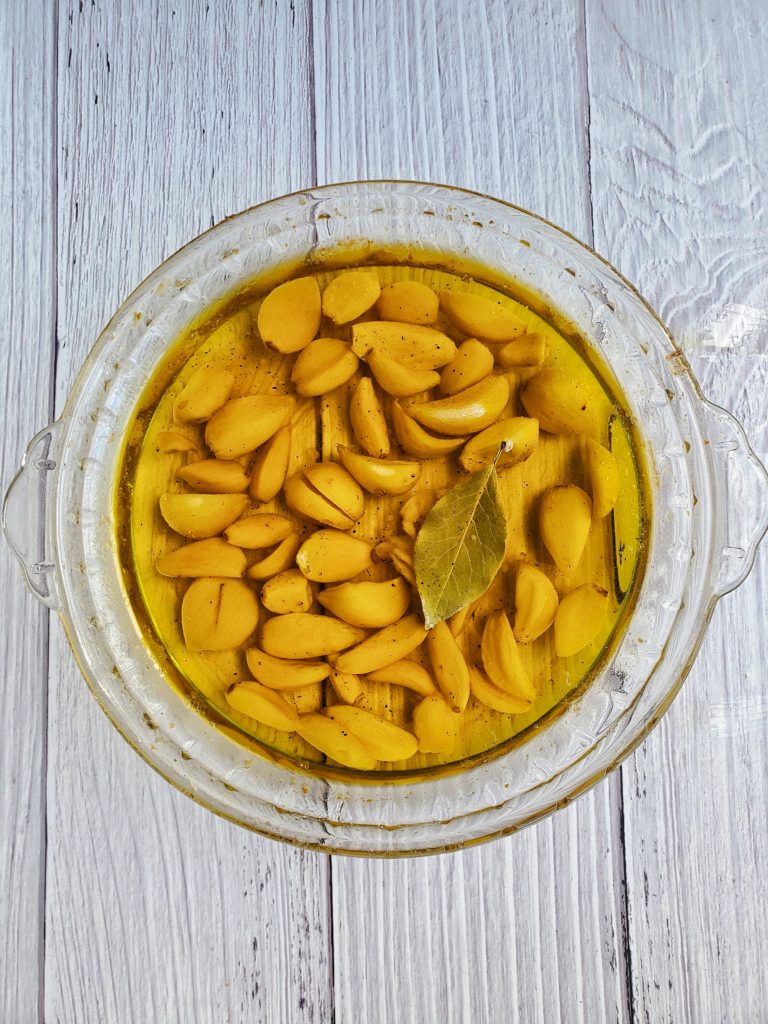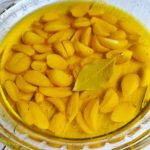These red velvet pancakes are the perfect excuse to eat dessert for breakfast! Adding a dollop of whipped cream cheese topping to melt onto the warm pancakes takes this classic dessert to another level.
I don’t know much about you, but what I do know is you love red velvet cake, which brought you to this recipe! My red velvet pancakes with whipped cream cheese is the fastest way to get your red velvet cake hankering taken care of! And the best part is that, unlike a slice of cake, this will be nice and warm, and in about 30 minutes! Mmmmmmmmm!

Read below on the tips and tricks to properly making and cooking pancake batter!
What is the best type of milk to use in pancake batter?
You’ll often find a lot of pancake recipes using buttermilk. That is because the acidity in the buttermilk helps to break down the gluten in the batter, which helps to make the pancake more tender and fluffy vs chewy.
Because of this, buttermilk is definitely the best milk to use for pancake batter! If you don’t have buttermilk available, no worries. Using regular milk is still an option.
Tricks to make the best pancake batter!!!
One of the easiest mistakes to make when making pancakes doesn’t even deal with the cooking process….it’s making the batter itself!
Don’t over mix your batter!
You want to be careful when making your pancake mix, which isn’t as hard to do as you may think. Mixing it too much creates too much gluten, which will result in a gummy, chewy pancake (ugh!).
Easiest way to prevent this is by mixing your dry and wet ingredients separately, then gently combining them together.
Lumps are okay in pancake batter!
This shows that the pancake mix was mixed together just long enough to combine all the ingredients. If there are a few chunks in the batter, don’t stress! A super smooth batter isn’t needed. Also, trying to get the batter really smooth will cause overmixing.
Once your pancake batter is mixed, let it sit at room temperature for 10-15 minutes.
This technique works with ANY type of dough or batter. Once the batter (or dough) is mixed, wait a bit before cooking. You want the mix to settle a bit. I usually make my batter, then preheat my cast iron while the batter rests.
What’s the correct temperature setting to cook pancakes in a cast iron skillet?
I get that griddles are usually the go-to when it comes to cooking pancakes. But I’ve never owned one, thanks to my handy dandy cast iron skillet! Luckily, whatever way you cook things on griddles can be applied to a cast iron.
To cook your pancakes in a cast iron, heat the skillet a little to medium-low heat.
Let the pan heat for 10 minutes before cooking the pancakes. You want to ensure that the heat is evenly distributed. Hot spots are definitely not what you want when executing the perfect pancake, so give your cast iron some time to warm up.
If you have a griddle, it should be warmed to medium heat. Cast irons warm and hold heat a little differently than griddles, so it’ll have to be preheated differently as well.
How do I know if my griddle is set to the proper temperature to cook pancakes.
There are 2 ways you can test your griddle or cast iron to test if it’s ready for cooking pancakes:
- Add a small spoonful of your pancake batter into the pan. After a minute, the top of the pancake should look slightly dry. Flip your tiny pancake. If the cooked side is nice and golden, you’re good to go! If the pancake takes more than a minute to look dry on the uncooked side, turn the heat up a verrryyy tiny amount. Same deal if the pancake cooks faster than a minute – turn your heat down a tiny amount.
- Add a couple of drops of room temperature water into the pan. The water should sizzle for a couple of seconds before evaporating. If so, the pan is ready to use! Adjust the temperature if the water just sits in the pan, or if it immediately evaporates.
How do I properly cook pancakes
Once your griddle or cast iron has preheated and batter has rested, it (finally) time to cook your pancakes! It’s a lot less scarier than it seems:
Melt and evenly spread your fat of choice onto the pan
I prefer to use butter to cook my pancakes for flavor, but I occasionally use olive oil. It honestly depends on my mood.
While butter is more flavorful, it can burn easier. If you choose to use butter, make sure you wipe your griddle clean between each set of cooked pancakes to clean of little burned butter bits. With olive oil, cleaning the pan each time is not necessary.
Since cast irons and griddles are already sort of nonstick, you do not need to use too much fat to cook. With a pastry brush, evenly spread a thin layer of fat onto the bottom. Then add your batter, making the pancakes the size of your liking, leaving at least a half an inch between each pancake.
Let the pancake completely cook on one side before flipping
While the pancake batter is cooking, bubbles will form. Wait for those bubbles to pop and turn into small holes. This will show that the pancake is properly being cooked throughout.
Only flip your pancakes once!!!
Eventually, the uncooked side of the pancake will no longer look wet and slightly dry, after 3-5 minutes of cooking. After bubbles no longer form and pop, it’s time to flip your pancake. Once flipped, you’ll see the first side of your pancake is cooked through, and it’ll only take an additional minute to cook the flipped side.
You do not need to flip the pancake more than once! If you’ve cooked the first side correctly, there is no reason to cook it back on that side again.
Now that we’ve discussed pancake batter and cooking techniques, let’s talk about the recipe at hand….Red Velvet Pancakes with Whipped Cream Cheese Topping!
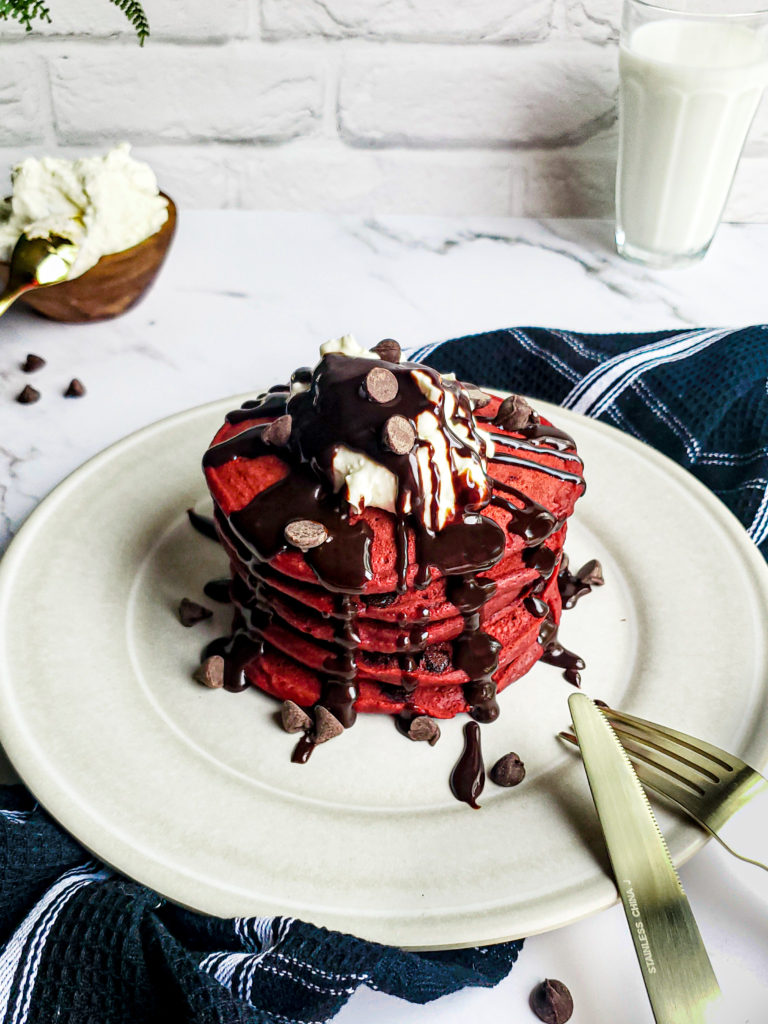
Why is there sour cream in red velvet cake?
I made my red velvet pancake recipe similar to what can be found in red velvet cake. One of those ingredients is sour cream.
Similar to the use of buttermilk, sour cream helps to break down the gluten in pancake batter, which will make for pancakes that will not be chewy.
The sour cream also adds creaminess and a little more flavor to the pancakes. Fat means flavor baby! And the sour cream is what I used instead of butter. If you do not have sour cream available, melted butter is a good replacement.
What type of chocolate chips should I use for the red velvet pancakes?
The type of chocolate chips used for the red velvet pancakes are entirely up to you! For this recipe, I used semi-sweet chocolate chips. If you want to make something more visually appealing, white chocolate chips can be used!
I prefer to use semi-sweet chocolate chips. I love that it has some bitterness to it that isn’t as strong as dark chocolate, plus it still has some sweetness to it like milk chocolate.
How do I make my whipped cream cheese topping without lumps
As you can see, I really stuck to the theme of red velvet by making a whipped cream cheese topping. I’ve added butter to mine as well so it’ll melt easier on the warm pancakes.
The key to making the whipped cream cheese topping is to make sure both the cream cheese and butter are at room temperature. It’ll not only make the whipped topping easier to make, it’ll ensure the topping doesn’t have chunks.
Taking both of these ingredients out of the fridge at least an hour before use. At minimum, sit them at room temperature when you begin making your pancake batter.
If your cream cheese and butter are not quite at room temp, don’t worry. The topping can still be made. Just be prepared for it to be on the chunkier side. The flavor will still be there, and the chunks will melt a little bit when it’s on the pancakes.
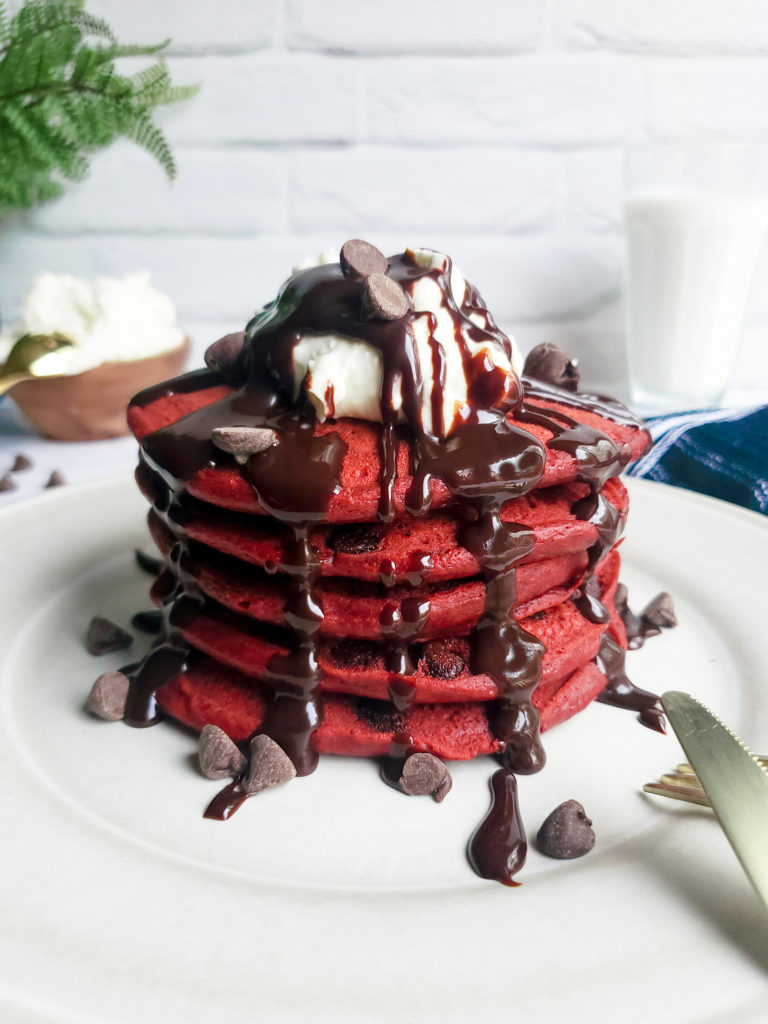
Additional toppings for red velvet pancakes
While the red velvet pancakes already taste amazing with the whipped cream cheese topping, you aren’t limited to just using that.
I drizzled mine with chocolate syrup to add more chocolate to my plate. I’m also a fan of texture, so I threw a few chocolate chips on top!
If you get to make my red velvet pancakes with whipped cream cheese topping, I’d love it if you left a review!!! Feel free to also share your creation by tagging me on Instagram!!!
Red Velvet Pancakes with Whipped Cream Cheese Topping
Equipment
- Cast iron skillet or griddle
- Mixing bowls
- Whisk
- Ladle
- Pancake spatula
Ingredients
Red Velvet Pancakes
- 1 cup all purpose flour
- ¼ tsp kosher salt
- 3 ½ tbsp granulated sugar
- t tsp baking powder
- ½ tsp baking soda
- 1 ½ tbsp cocoa powder
- 1 cup buttermilk
- 2 tbsp sour cream
- 1 egg
- 1 ½ tsp vanilla extract
- 1 tbsp red food coloring
- ½ cup chocolate chips
- 1 tbsp melted butter plus extra, kept separate for cooking
Whipped Cream Cheese Topping
- ½ cup heavy whipping cream
- ½ tsp vanilla extract
- 2 ounces cream cheese room temperature
- 2 ounces unsalted butter room temperature
- 2 tbsp powdered sugar
Instructions
How to make the red velvet pancakes
- In a large bowl, whisk together the flour, salt, sugar, baking powder, baking soda, and cocoa powder. Set aside.
- In a small bowl, whisk together the buttermilk, sour cream, egg, vanilla extract, and food coloring.
- Pour the milk mixture in with the flour mixture. Gently whisk for about a minute to combine.
- Add the chocolate chips and 1 tablespoon of melted butter to the mixture. Stir until just incorporated. Batter should be slightly lumpy and thick.
- Let the batter sit for 10-15 minutes before cooking. While the batter is resting, preheat a griddle (medium heat) or cast iron pan on a stove (medium-low heat) . (The cream cheese topping can be made while the griddle is heating.)
- Melt and spread a small amount of butter in the griddle, just enough to coat the surface.
- Pour a quarter cup of the pancake mixture onto the griddle. Spread out the mixture to make pancakes a little thinner and rounder. If cooking multiple pancakes at a time, be sure to keep them at least an inch apart.
- Cook pancakes for 3-4 minutes on it’s first side. The uncooked side will create little holes and look a little dry. Once it’s at that point, flip and cook for 1 more minute. Wipe the griddle clean before cooking another set of pancakes.
- Serve warm with a dollop of whipped cream cheese and chocolate syrup . Enjoy!
How to make the whipped cream cheese topping
- In a small bowl, beat the heavy cream with a hand mixer on high for 4-5 minutes, to make a soft whipped cream.
- Add in the vanilla extract, cream cheese, and butter. Beat to combine on high for 30 seconds, or until smooth.
- Add the powdered sugar, and beat for an additional 30 seconds.
- Dollop on top of the warm pancakes.
